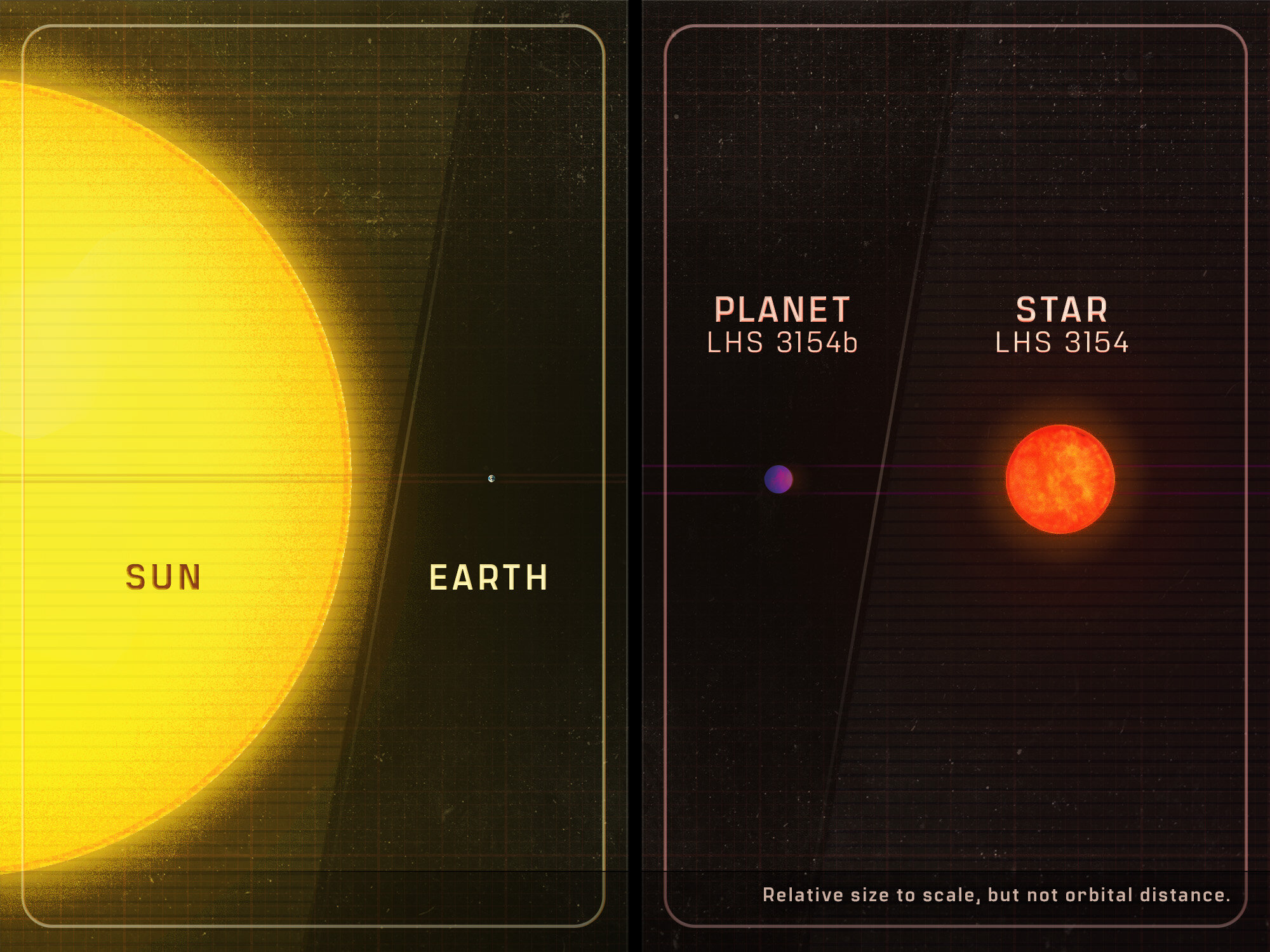I don't see how discovering important ingredients for an Earth-like planet can warrant an argument for habitability. It takes more than ingredients to bake a cake. Nevertheless, finding ingredients is very important. So that's great.
There isn't great accuracy in defining a planets habitable zone since only broad strokes are available to science, though smaller brushes are coming to paint better pictures.
I'm aware of four methods to calculate a HZ. Below is a table made using those methods. I don't favor the "Equilibrium Temp." method all that much, however. They do seem to make sense for our solar system, but we know their albedos so we can place them better in our HZ.
The values in the table are the respective location of each in the HZ. A zero percent would place it at the inner edge (hot) of the HZ. A 100% would place it on the outer edge (cold) of the HZ.
A much broader HZ has been introduced to allow for far greater wiggle room. The extended HZ is known as the "0ptimistic" range. I do think that, as you mention, Venus and Mars are likely within this optimistic range, which is not shown in the table.





